 Weird Stuff
Weird Stuff  Weird Stuff
Weird Stuff  Our World
Our World 10 Ways Your Christmas Tree Is More Lit Than You Think
 Movies and TV
Movies and TV The 10 Coolest Stars to Set Sail on The Love Boat
 History
History 10 Things You Didn’t Know About the American National Anthem
 Technology
Technology Top 10 Everyday Tech Buzzwords That Hide a Darker Past
 Humans
Humans 10 Everyday Human Behaviors That Are Actually Survival Instincts
 Animals
Animals 10 Animals That Humiliated and Harmed Historical Leaders
 History
History 10 Most Influential Protests in Modern History
 Creepy
Creepy 10 More Representations of Death from Myth, Legend, and Folktale
 Technology
Technology 10 Scientific Breakthroughs of 2025 That’ll Change Everything
 Weird Stuff
Weird Stuff Ten Bizarre Facts About The Doge Meme
 Our World
Our World 10 Ways Your Christmas Tree Is More Lit Than You Think
 Movies and TV
Movies and TV The 10 Coolest Stars to Set Sail on The Love Boat
Who's Behind Listverse?

Jamie Frater
Head Editor
Jamie founded Listverse due to an insatiable desire to share fascinating, obscure, and bizarre facts. He has been a guest speaker on numerous national radio and television stations and is a five time published author.
More About Us History
History 10 Things You Didn’t Know About the American National Anthem
 Technology
Technology Top 10 Everyday Tech Buzzwords That Hide a Darker Past
 Humans
Humans 10 Everyday Human Behaviors That Are Actually Survival Instincts
 Animals
Animals 10 Animals That Humiliated and Harmed Historical Leaders
 History
History 10 Most Influential Protests in Modern History
 Creepy
Creepy 10 More Representations of Death from Myth, Legend, and Folktale
 Technology
Technology 10 Scientific Breakthroughs of 2025 That’ll Change Everything
10 People Who Shaped The World In Varied And Unrelated Ways
Most people would be happy if they did anything worthy of being remembered. A single consequential achievement can secure a person’s place in history. Occasionally, some people are smart or lucky enough to shape history in multiple fields.
One would think that those innovators would surely be remembered. Sadly, that is not always the case. Here is a list of ten people who did influential things multiple times in different areas and still never got the recognition they deserved.
10 John Brinkley
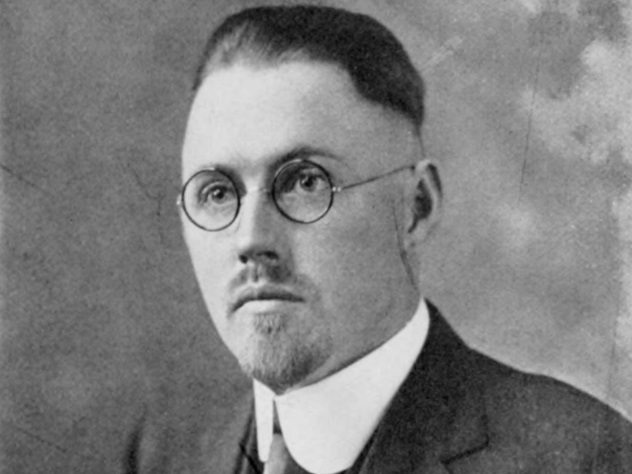
John Brinkley was a charlatan, but he had a product to sell. He advertised goat testicle transplants for the scrota of infertile men. Though this treatment was unmedical, he performed more than 16,000 surgeries. Brinkley advertised this procedure on his radio station KFKB, America’s fourth-ever station. To pay for his radio channel, he spoke about the wonders of product for 30 minutes at a time. These spots are now considered the first infomercials. Like the infomercials we know today, they were long, rambling, and usually misleading.
Because he was lying on the airwaves, the US government shut down his practice. Brinkley simply moved his operations to Mexico. He built the largest and most powerful tower in the world to advertise from Mexico into the United States. On the new radio channel, he played entertainment in between his infomercials. Brinkley was the first person to broadcast country music across the United States. His station was the first to play the country music legends the Carter Family. Brinkley’s radio station is credited with popularizing the genre outside of its regional limits.[1]
By moving country out of Appalachia and into Texas, Brinkley created the country-western sound that would dominate the genre from then on. When he died decades later, his seat at the radio station was replaced by Wolfman Jack. Wolfman Jack helped spread rock and roll across the country.
9 Tom Lehrer
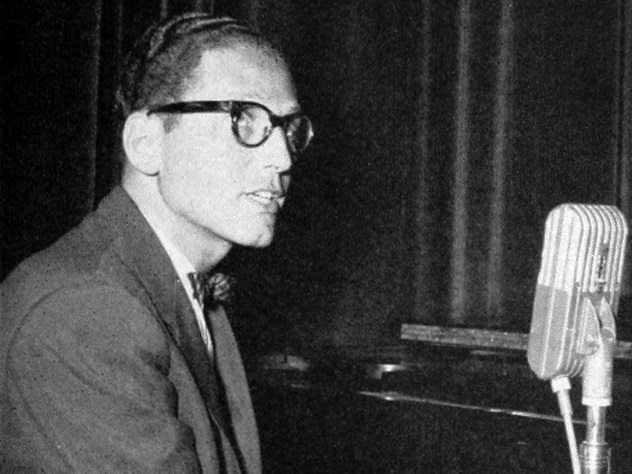
In 1959, Tom Lehrer was arguably the most outrageous comedian touring. Though he spent his days as a skinny, bespectacled Harvard mathematician, he was really a radical satirist. In a world watching Leave it to Beaver and Dick Van Dyke, his songs joked about taboo subjects like nuclear annihilation, lynch mobs, necrophilia, prostitution, murder, and poisoning pigeons. The Library of Congress considers him the pioneer of “sick comedy.” For his influential work, Lehrer became the first comedian preserved in the National Recording Registry in 2004. Satirists as varied as Lenny Bruce, Weird Al Yankovic, and Randy Newman have all named Lehrer as an inspiration for their comedy.
Tom Lehrer apparently had the tendency to challenge authority his whole life. While he was in the Army, there was a strict ban on drinking while at the base. This surely put a downer on the 1957 Christmas party. To get around this, Lehrer had the ingenious idea to mix vodka with Jell-O.[2] Because it was technically food, the soldiers could get drunk without violating the rules. According to The SAGE Encyclopedia of Alcohol, this is considered the first Jell-O shot.
8 Cathy Smith
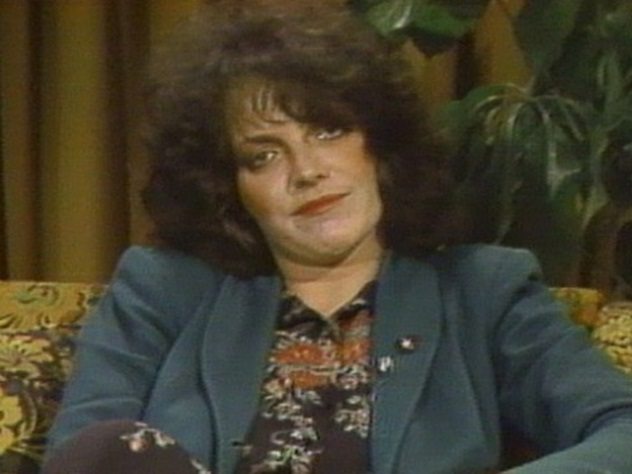
Cathy Smith may not be famous, but she certainly partied around with some celebrities. She got her start as a groupie when she was only 16. Because she was Canadian, she was a big fan of the group The Band. Even though she was only a teenager, she started dating The Band’s drummer Levon Helm. Their relationship became tumultuous when it was revealed that she was also seeing fellow bandmates Richard Manuel and Rick Danko. Eventually, one of these men got her pregnant. Though the true father was never determined, all three men raised the child. The bizarre love rectangle and Cathy Smith’s constant singing of “Short Fat Fannie” inspired the chorus of The Band’s most famous song, “The Weight.” Though it only peaked at number 63 on the charts, the song has since become a classic. Pitchfork ranked it as the 13th best song of the 1960s. Rolling Stone says it’s the 41st best song of all time.
That wasn’t the end of Cathy Smith’s affairs with Canadian singers. After The Band, she started dating Gordon Lightfoot while he was already married. Gordon got a divorce and eventually married Cathy. Their marriage was turbulent. There were bad times, like the constant spousal abuse and her drug addiction. There were also good times, like how this complicated relationship inspired Gordon Lightfoot’s only number-one song, “Sundown.” This was not enough to sustain a marriage, so they divorced in 1975.
Cathy Smith started seeing one last celebrity, to equally terrible results. After her marriage to Lightfoot ended, she went back with The Band. In 1976, The Band was the musical guest on Saturday Night Live. That night, she met John Belushi. Belushi would hire her as his personal drug dealer. In 1982, she was the one who personally injected Belushi with 11 speedballs. This lethal combination of cocaine and heroin killed the up-and-coming comedian. Smith served 15 months in prison for involuntary manslaughter.[3]
7 Carl Magee
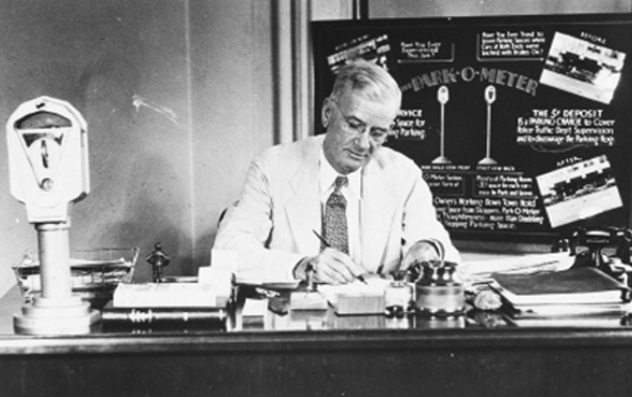
It may be hard to believe, but there was once a US president who used the office to make him and his friends richer. Back in the 1920s, Albert Fall, the secretary of the interior under President Warren G. Harding, was charged with accepting bribes from oil companies in exchange for exclusive rights to drill for oil on federal land. The corruption and cover-up stemming from this event became known as the Teapot Dome Scandal, arguably the worst scandal to hit the executive branch in the early 20th century.
All of this was initially exposed by an investigative reporter named Carl Magee. Working in Albuquerque, Magee was the first to notice fellow New Mexican Albert Fall’s suspicious influx of cash. Magee wrote articles in the paper exposing how after years bankruptcy, Fall was suddenly paying off debts ten years overdue, all in $100 bills. Fall tried to silence Magee, including having him arrested on trumped up charges. Before he was sent to jail, Magee passed on his findings to Senator Thomas Walsh, who was running an inquiry into the funds. Six years later, Albert Fall became the first cabinet member arrested for crimes while in office.
Following his work on the Teapot Dome Scandal, Magee got into a fight with a corrupt judge he’d been exposing in the papers. In the middle of the fight, Magee pulled out a gun and accidentally killed a bystander. After he was acquitted, Magee moved from New Mexico to Oklahoma City in 1927. When he arrived, he discovered the city had a problem. People would leave their cars unattended for hours, taking up many of the parking spots. Magee was commissioned to find a solution. After working with a group of engineers and plumbers, he debuted the world’s first parking meter in 1935.[4] Dubbed the “Park-O-Meters,” the invention resolved the parking issue, and Oklahoma City businesses had more customers. Soon, they became a blight on cities around the world.
6 Glenn Burke
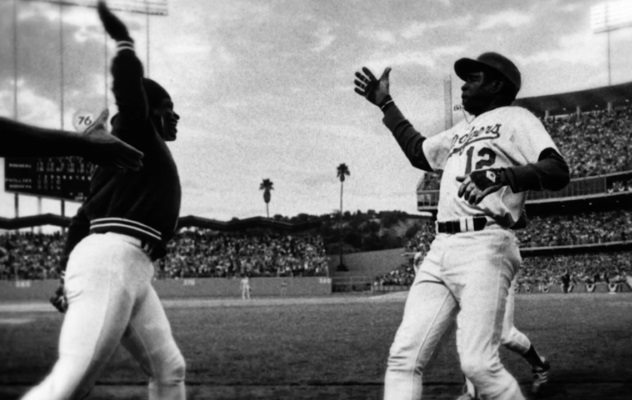
When NBA center Jason Collins came out as gay in 2013, he was hailed as the first openly gay professional athlete in one of the four major North American professional sports leagues. This was followed only two years later by David Denson, who became the first openly gay active player for Major League Baseball. As courageous as it was for these men to admit they were gay, Glenn Burke beat them to it by nearly 40 years.
In the 1970s, Glenn Burke was the real first openly gay athlete to play for the MLB. The only difference was that the coaches and the press did not acknowledge it. Los Angeles Dodgers Coach Tommy Lasorda even tried to pay Burke $75,000 to marry a woman. Burke refused and was traded to the Oakland A’s. He starred in the starting lineup for Oakland for the rest of the 1970s, but he was never really accepted by the team or the media. Unable to face the stigma any longer, he retired from baseball in 1980. In 1982, he finally came out publicly and told his experience to Inside Sports magazine.
As historic as it was to be gay and play with the Dodgers, Glenn Burke did something else with the team that was even more iconic. On October 2, 1977, Dusty Baker hit a home run against the Houston Astros. This was Baker’s 30th home run. It also made the Dodgers the first team in history to have four hitters with at least 30 home runs in a single season. Glenn Burke stuck up his hand to celebrate Baker’s achievement. Not knowing what to do, Baker smacked Burke’s hand. Today, this is considered the first-ever high five. Burke popularized the high five with the rest of the team.[5] Thanks to Burke’s frequent trips to the Castro District in San Francisco, the high five became popular in the gay community and spread out from there.
5 Stanford White
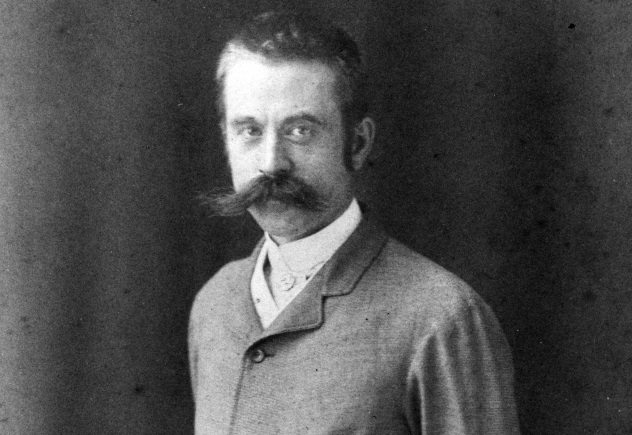
Stanford White should be remembered for his ingenuity and not his infidelity. He is hailed today as one of the most creative architects during the “American Renaissance.” Serving as one of the heads of architect firm McKim, Mead & White, Stanford White oversaw the construction of iconic structures around New York. Some of the locations he designed include Madison Square Garden, the New York Public Library, Washington Square Arch, and Nikola Tesla’s laboratory at Wardenclyffe Tower.
Sadly, that incredible legacy came to an end because he was such a playboy. Stanford White’s love of the ladies may have been his undoing, but it also created a pop culture tradition. People have been putting animals into pastries for centuries. This is the plot of the nursery rhyme “Sing a Song of Sixpence.” In 1895, Stanford White added a new twist on this. At a party for McKim, Mead & White, he carted out a large pie. When he finished singing the nursery rhyme, a scantily clad woman named Susie Johnson jumped out of the pie. This is the first documented instance of that bachelor party staple, the stripper cake.[6]
At that same party was a young socialite named Evelyn Nesbit. In later years, Nesbit and White started having an affair. This upset Nesbit’s husband, Harry Thaw. In 1906, Thaw shot and killed White in the middle of Madison Square Garden. This sordid tale of wealth, genius, adultery, and murder created a media circus. In the tabloids, Thaw’s hearings in court were described with a soon-to-be-iconic moniker: “The Trial of the Century.” Though the 20th century was only six years old, this was the first trial ever called “The Trial of the Century.” Many other high-profile cases would earn this nickname in the remaining 94 years.
4 Florence Lawrence
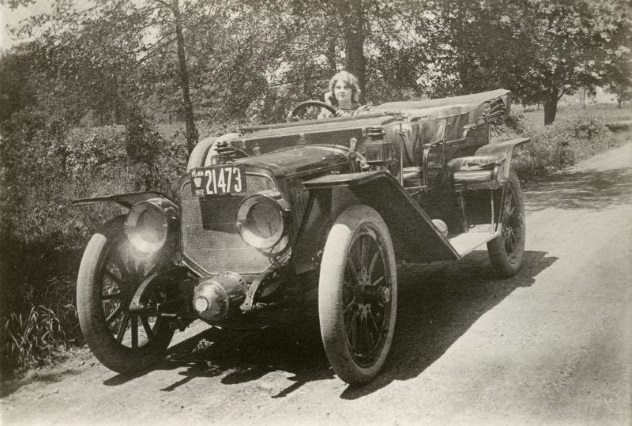
In the early 20th century, people would go see movies just because they starred the “Biograph Girl.” Though few fans knew her name, Florence Lawrence appeared in nearly 300 silent movies. Her films were so popular that this was the first time people went to go see a movie because of the actress in the role. Eventually, she became the first film actor to have their name appear in the opening credits. Her success in this time was nearly unmatched. When she toured to St. Louis, more people stopped to see her than when President Taft visited months earlier.
Her fame allowed her to buy one of the first cars. As the daughter of inventors, she began to improve her new car. She invented early forerunners to the turn signal and brake lights as well as the first windshield wipers.[7] Though the turn signals were crude attachments to the car instead of lights, they still alerted other drivers that one was going to turn. Sadly, she did not properly file the patent forms. Her inventions became commonplace, but she never saw a dime.
Her acting career ended soon afterward, too. While trying to rescue a coworker from a studio fire in 1915, she fell and broke her back. She was too injured to act; doing a film in 1916 left her paralyzed for four months. She finally tried to make a comeback in 1921. However, nobody cared anymore. Unable to make money from her inventions or her movies, Florence committed suicide in poverty and constant pain in 1938.
3 Sarah Josepha Hale
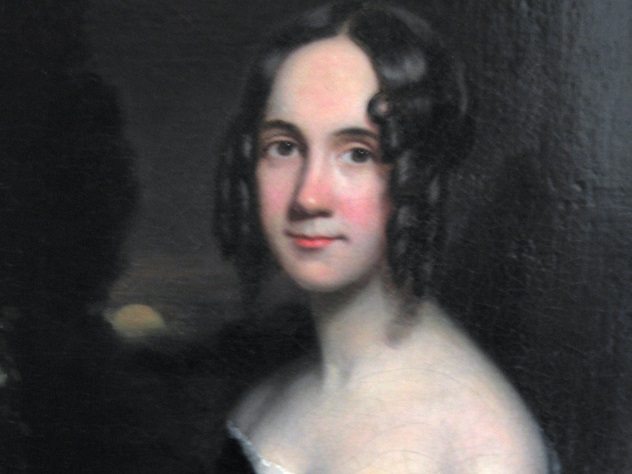
As the editor of Godey’s Lady’s Book, Sarah Joespha Hale arguably had more influence on American culture than any other woman in the 19th century. She rose to the position on her fame as a writer. Her most famous poem was “Mary Had a Little Lamb,” a nursery rhyme so ubiquitous that it doesn’t seem like it would even have an author.[8]
As the first female editor, she decided what topics the journal would cover. An admirer of Queen Victoria, Sarah Hale used her magazine to import the royal family’s lifestyle to the US. In one particularly popular print, she shows a family standing around the Christmas tree. This was the first time the Christmas tree was advertised in the US, bringing it to the masses.
Her influence was so strong that she carried enough clout to work alongside politicians, even using her fame to talk to Abraham Lincoln. Obviously, both of them were worried about the Civil War. Hale had a different idea than Lincoln on how to fight it. Hale blamed the war on a loss of morality. She wanted to bring back the nobility of an earlier age. With their strict interpretation of Christianity, Hale thought the Pilgrims were perfect role models. She was convinced that if families gathered together to eat, this would prevent the ideological differences that caused the Civil War. Her conversation with Lincoln convinced him that the regional holiday of Thanksgiving should be a federal national holiday.
Between making hand turkeys, impatiently sitting around the tree, or singing about a lamb whose fleece was white as snow, Hale shaped many childhoods.
2 Ziryab
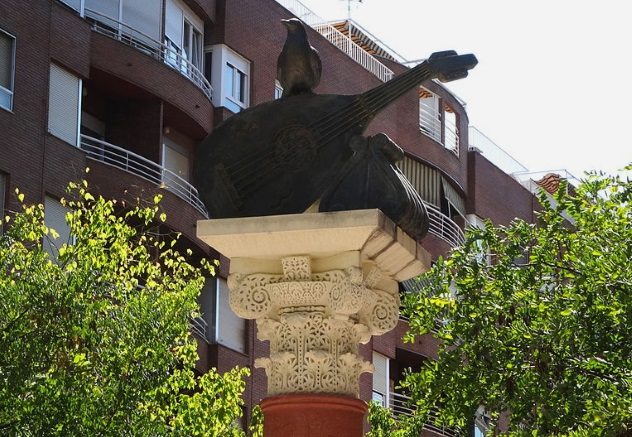
Abul-Hasan Ali Ibn Nafi, better known in the West as Ziryab, was a Persian polymath in the ninth century who worked in almost every field. Even though he was a former slave, he made significant changes as a musician, cosmetologist, and fashion designer. Stationed in Spain, Ziryab navigated the cultural trade routes between the Muslim world and broader Europe. One of the first things he made popular in Europe was the lute. He improved upon the lute by adding a fifth bass string. The new version of the instrument would be associated with Europe for centuries. His most important musical legacy was his academy in Cordoba, which trained generations of musicians.
Because of his influential academy, Ziryab became a prominent member of Spain’s elites. In that position, he dictated the tastes of the royal courts. He was the first to promote the ideas of seasonal clothing, the basic idea of light fabrics worn in the summer and thicker clothes for the winter. His high social standing inspired many imitators. Ziryab had short hair and shaved frequently, so many Spanish nobles did as well. Ziryab wore an early precursor to underarm deodorant and brushed his teeth regularly with a type of toothpaste. These now common practices can be traced back to Spaniards trying to copy Ziryab.
Lastly, he revolutionized Spanish cuisine and dining habits.[9] He introduced new fruits and vegetables like asparagus to the royal courts. He popularized the idea that meals should be served in three courses of soup, a main course, and dessert. Europe had been using metal drinking vessels for centuries, but Ziyrab introduced crystal glassware. Whether it be clothing, style, food, hygiene, or music, Ziyrab changed culture forever.
1 Edward Bernays
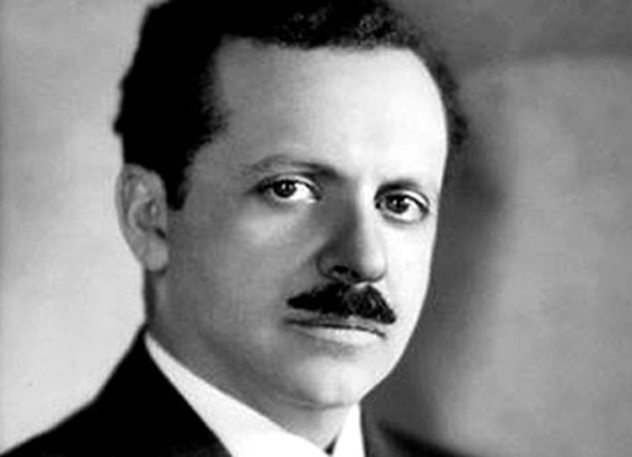
Edward Bernays was Sigmund Freud’s nephew, so it makes sense that he had great insight into the human mind. Whereas Freud used his knowledge to probe deep questions on the psyche, Bernays wanted to make a quick buck. He achieved this with his 1928 book Propaganda. The book is now considered the fundamental text for public relations. It lays out how corporations and institutions can mold public opinion. Because of this book, Bernays has been called the father of advertising. Even though Bernays was Jewish, Nazi propagandist Joseph Goebbels was a huge fan. Goebbels says he modeled his approaches after those in Bernay’s book. Bernay’s practices have been put to more benign uses as well.
Following the publication of Propaganda, Bernays’s first assignment was to help the Woodrow Wilson administration brand World War I as the US bringing democracy to Europe.[10] Advising Calvin Coolidge, Bernays was the first person to suggest that presidents eat pancake breakfasts with the electorate, a common practice today for politicians of any party. When women were not smoking cigarettes, he branded Lucky Strikes cigarettes as “torches of freedom” and put them in fashion shows. As a result, women started smoking cigarettes at unprecedented levels. Dixie Cups first became popular after he falsely claimed they were the only sanitary type of cup. Bernays helped organize the first meeting of the NAACP.
As important as those other campaigns were, his most scandalous was his work with the packing company Beechnut. When Americans were frequently just eating breakfasts of fruit, wheat, and milk, Bernays hired doctors to argue that people needed to eat hardier meals. These fabricated studies are the reason bacon and eggs are served at breakfast. It is hard to decide if Bernays’s legacy should be the man who helped the Nazis rise to power and give millions lung cancer or as the man who made bacon popular.
If you had any comments or questions, you can email Nate at [email protected]. If you enjoyed it, you can follow Nate on Twitter @nateyungman. Feel free to check out Nate’s other articles on Listverse.
Read about more people whose actions had a lasting impact on history on 10 Kingmakers Who Shaped The Course Of History and 10 Scandalous Queens Who Shaped History.








